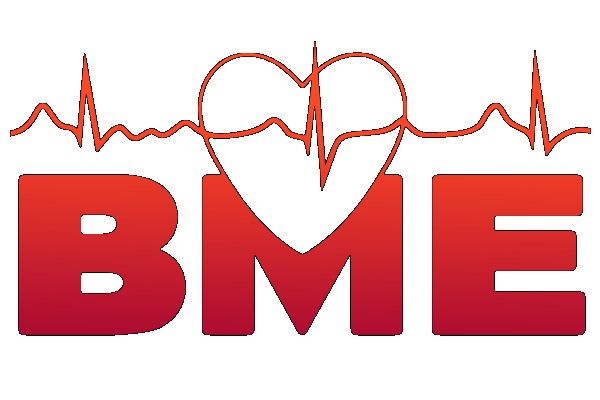Lectures
1. Introduction to graphically oriented programming in biomedical engineering using the LabVIEW development environment - potential in clinical practice, science, and research.
2. Design of front panel and block diagram in LabVIEW development environment for biomedical engineering.
3. Graphically-oriented programming in LabVIEW as an alternative to text-based programming.
4. Independent functions for repeatable use in biomedical applications - SubVI as an alternative to the subprogram.
5. Debugging and techniques and code documentation for modern biomedical applications.
6. Work with biomedical data - generation, (pre) processing, and visualization.
7. Techniques of biomedical data collection and distribution – advanced work with file and text strings.
8. Synchronization methods for biomedical applications.
9. Established programming architectures (state machine, parallelism, and reentrant).
10. Program changes of the virtual biomedical application front panel - Property Nodes.
11. Event-driven programming for more efficient and flexible development of complex applications for biomedical engineering.
12. LabVIEW capabilities for advanced biological signal processing - Adaptive Filter Toolkit, Advanced Signal Processing Toolkit, and Biomedical Toolkit.
13. Virtual applications of advanced biological signal processing methods.
14. Development of distribution kit for biomedical application.
Labs:
1. Design and development of a virtual instrument: front panel, block diagram, palette, data stream, etc.
2. Interface of the selected application (appearance and behavior), creating a custom application algorithm.
3. Working with program structures as alternatives to cycles and decision expressions (repetition of algorithm in VI, MathScript, Formula Node, etc.).
4. Creating and working with subroutines; SubVI for setting, analyzing, displaying results, storing on disk, communicating with external devices, working with error messages, etc.
5. Code documentation, revisions, error cluster.
6. Generation, (pre)processing, visualization of biomedical data.
7. Working with files and text strings.
8. Realization of multiple loop architecture, data transfer between processes.
9. Synchronization methods (variables, notifications, queues).
10. Property Nodes.
11. Event-driven application development.
12. Working with Adaptive Filter Toolkit, Advanced Signal Processing Toolkit, Biomedical Toolkit.
13. Implementation of advanced biological signal processing methods.
14. Creation of distribution kit for biomedical application.
1. Introduction to graphically oriented programming in biomedical engineering using the LabVIEW development environment - potential in clinical practice, science, and research.
2. Design of front panel and block diagram in LabVIEW development environment for biomedical engineering.
3. Graphically-oriented programming in LabVIEW as an alternative to text-based programming.
4. Independent functions for repeatable use in biomedical applications - SubVI as an alternative to the subprogram.
5. Debugging and techniques and code documentation for modern biomedical applications.
6. Work with biomedical data - generation, (pre) processing, and visualization.
7. Techniques of biomedical data collection and distribution – advanced work with file and text strings.
8. Synchronization methods for biomedical applications.
9. Established programming architectures (state machine, parallelism, and reentrant).
10. Program changes of the virtual biomedical application front panel - Property Nodes.
11. Event-driven programming for more efficient and flexible development of complex applications for biomedical engineering.
12. LabVIEW capabilities for advanced biological signal processing - Adaptive Filter Toolkit, Advanced Signal Processing Toolkit, and Biomedical Toolkit.
13. Virtual applications of advanced biological signal processing methods.
14. Development of distribution kit for biomedical application.
Labs:
1. Design and development of a virtual instrument: front panel, block diagram, palette, data stream, etc.
2. Interface of the selected application (appearance and behavior), creating a custom application algorithm.
3. Working with program structures as alternatives to cycles and decision expressions (repetition of algorithm in VI, MathScript, Formula Node, etc.).
4. Creating and working with subroutines; SubVI for setting, analyzing, displaying results, storing on disk, communicating with external devices, working with error messages, etc.
5. Code documentation, revisions, error cluster.
6. Generation, (pre)processing, visualization of biomedical data.
7. Working with files and text strings.
8. Realization of multiple loop architecture, data transfer between processes.
9. Synchronization methods (variables, notifications, queues).
10. Property Nodes.
11. Event-driven application development.
12. Working with Adaptive Filter Toolkit, Advanced Signal Processing Toolkit, Biomedical Toolkit.
13. Implementation of advanced biological signal processing methods.
14. Creation of distribution kit for biomedical application.
